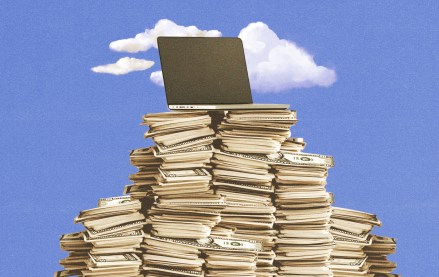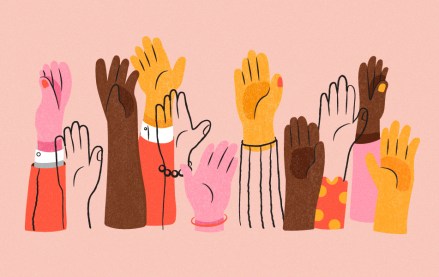
This is clearly no longer your father’s Playboy.
The venerable men’s magazine has announced a significant pivot: Beginning next March, the print edition of Playboy will cease to run photos of nude women. It is a digital sign of the times that the Internet has more than met the demand for photos of naked people (and so very much more). And while the magazine will still run glamorous and suggestive photos of women, they will no longer be nude.
The house that Hef built has been a throwback for more than a generation now, a relic of the “Mad Men” era where casual sexism was de rigueur. There is still plenty of sexism out there, but with porn for every proclivity a mere click away, Playboy’s chief content officer Cory Jones decided it was time to put on something a little more work-appropriate.
“When the magazine launched in the ’50s, ’60s, ’70s, nudity was something that was very progressive,” he said in an onstage interview at the Digiday Content Marketing Summit in Half Moon Bay in August. “It pushed the envelope. You wouldn’t see it everywhere. Now with the Internet, it’s everywhere. It’s ubiquitous.” Which is why — irony of ironies — it won’t be in Playboy going forward.
Playboy’s circulation has plummeted: From 5.6 million in 1975 to about 800,000 now, according to The New York Times, citing the Alliance for Audited Media. The nude-free iteration of the magazine will be more of a millennial men’s lifestyle publication, with a focus on booze and clothes. The “girls” will still be there — they’ll just be rated PG-13 now.
It is the next step in an evolution it has already undergone online, where in order for its app to be available in the Apple store, it had to be squeaky clean, Jones told Digiday. So they relaunched the site as a nudity-free men’s lifestyle destination. “Our biggest hurdle is to get people to think about us differently,” said Jones. Or, apparently, at all.
More in Media

BuzzFeed’s sale of First We Feast seen as a ‘good sign’ for the M&A media market
Investor analysts are describing BuzzFeed’s sale of First We Feast for $82.5 million as a good sign for the media M&A market — which itself is an indication of how ugly that market had become.

Media Briefing: Efforts to diversify workforces stall for some publishers
A third of the nine publishers that have released workforce demographic reports in the past year haven’t moved the needle on the overall diversity of their companies, according to the annual reports that are tracked by Digiday.

Creators are left wanting more from Spotify’s push to video
The streaming service will have to step up certain features in order to shift people toward video podcasts on its app.





